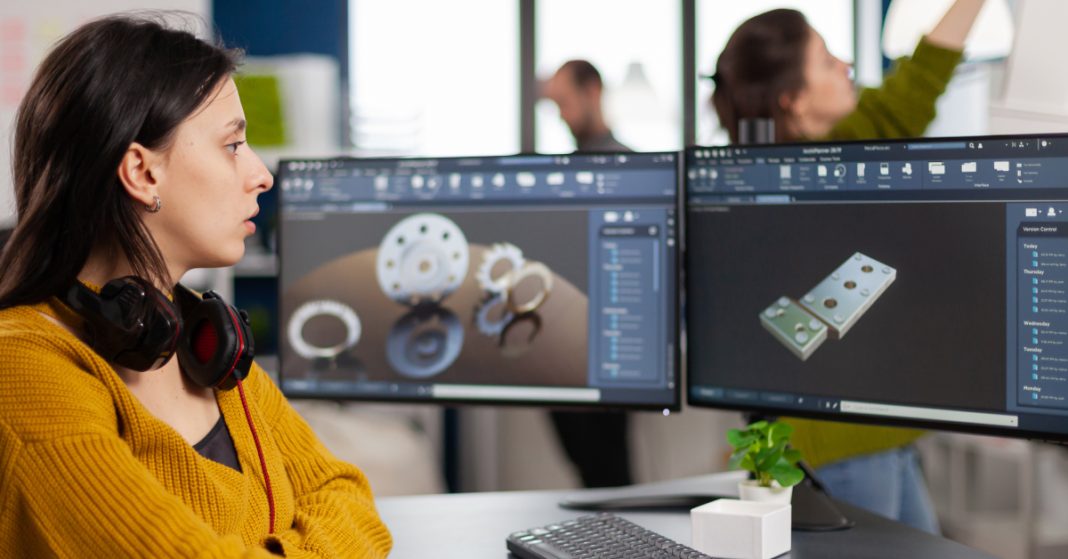3D product configurators are revolutionizing online shopping by turning passive browsing into an immersive, personalized, and interactive journey that builds confidence, drives higher engagement, and increases conversion rates for ecommerce brands. These tools combine advanced visualization with real-time customization, fundamentally changing the way consumers shop and what they expect from digital experiences.
Enhanced Interactivity and Personalization
3D configurators give shoppers control to design and personalize products to their exact specifications—changing colors, materials, size, and more, while seeing the results instantly from all angles. This level of interactivity transforms shopping from a static product view into a virtual hands-on experience, allowing users to:
- Rotate and zoom in to inspect detail from every perspective
- Swap features and accessories, getting instant visual feedback
- Experiment and create unique, made-to-order items that match their tastes and needs
This direct participation increases buyers’ emotional connection to the product, making them far more likely to convert from browsers into buyers.
Greater Confidence, Fewer Returns
Traditional 2D product images and descriptions often leave buyers uncertain, leading to hesitation—or worse, regret and returns because the product doesn’t meet expectations. With photo-realistic 3D models:
- Customers know exactly what they’re purchasing, reducing doubts
- The visual match between product ordered and product delivered is almost guaranteed, dramatically cutting return rates (by as much as 40%)
- Satisfaction and repeat business improve thanks to clarity and assurance
Immersive and Memorable Shopping
The interactive experience of a 3D configurator increases the amount of time visitors spend on product pages and boosts engagement, making shopping enjoyable and memorable. Shoppers can:
- Explore every detail of a product in a way never before possible online
- Visualize their choices in real-life scenarios (like viewing furniture in a virtual living room), which leads to deeper product affinity and stronger purchase intent
This shift from passive to active engagement not only elevates the experience but also showcases the brand as innovative and customer-centric.
Building Brand Loyalty and Higher Value Orders
The personalization facilitated by 3D configurators increases shoppers’ sense of ownership, making products more meaningful and likely leading to higher-value and repeat purchases. Retailers adopting 3D configuration report not just greater conversion rates, but also growth in average order values and heightened brand loyalty, as customers feel understood and empowered.
Data-Driven Retail and Operational Benefits
Every customization and interaction feeds analytics engines, helping retailers to:
- Identify top features and product variants
- Optimize inventory and predict trends
- Refine marketing based on consumer preferences
Additionally, made-to-order workflows enabled by configurators reduce overproduction, wasting less and supporting sustainability goals.
Conclusion
3D product configurators are redefining online shopping by making it personalized, interactive, and confidently transparent. Their impact spans deeper engagement, fewer returns, stronger conversion rates, and greater brand loyalty—making them a must-have for modern ecommerce stores seeking to lead in customer experience and operational efficiency.3D product configurators are redefining online shopping by transforming static, image-based browsing into a personalized, interactive experience that increases buyer confidence, boosts engagement, and improves conversion rates for ecommerce brands. These advanced tools allow shoppers to visualize, customize, and interact with products in real time, offering a hands-on feel that bridges the gap between brick-and-mortar and digital retail.
Immersive and Interactive Shopping
Unlike traditional online stores that rely on 2D images and generic descriptions, 3D configurators enable shoppers to:
- Rotate, zoom, and examine products from every angle, revealing details not visible in standard photos
- Change attributes such as color, material, size, and features instantly, seeing exactly how customizations appear in real time
- Interact with configurable options, leading to higher satisfaction and greater emotional investment in their purchases
This interactive visualization eliminates guesswork, making the online buying process enjoyable, memorable, and tailored to individual needs.
Increased Conversion Rates and Lower Returns
By providing shoppers a comprehensive understanding of products, 3D configurators address two major ecommerce pain points:
- Higher conversion rates: Customers spend more time engaging on product pages and are significantly more likely to complete their purchase when they can design and see their item before buying
- Fewer product returns: Detailed previews and accurate customization reduce the risk of buyers receiving unwanted items, leading to return rates dropping by up to 40% for many brands
This enhanced clarity fosters lasting satisfaction and earns repeat business.
Personalization and Brand Loyalty
Today’s online buyers want personalized, made-to-order products. 3D configurators empower brands to:
- Let customers create unique combinations, boosting their sense of ownership and attachment
- Satisfy modern expectations for custom experiences, reinforcing a brand’s image as innovative and customer-focused
- Gather real-time consumer preference data, enabling agile marketing campaigns and smarter inventory planning
Operational Efficiency and Sustainability
Beyond improving the user journey, 3D configurators streamline business processes:
- Products are built-to-order, reducing unsold inventory and minimizing waste
- Brands can launch new variants and test demand rapidly—without costly prototype production or extensive photo shoots
Conclusion
3D product configurators are transforming online shopping into an engaging, transparent, and customer-driven experience. Their adoption drives greater engagement, raises conversion rates, lowers returns, and builds long-term brand loyalty, making them a vital tool for ecommerce brands looking to excel in the digital age.



